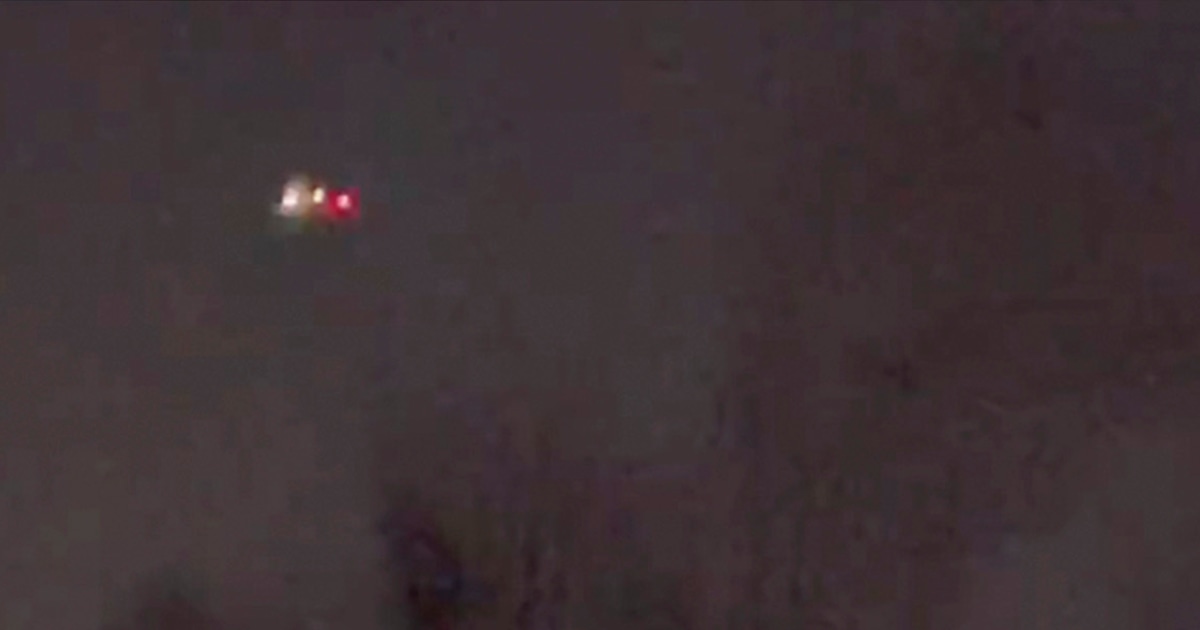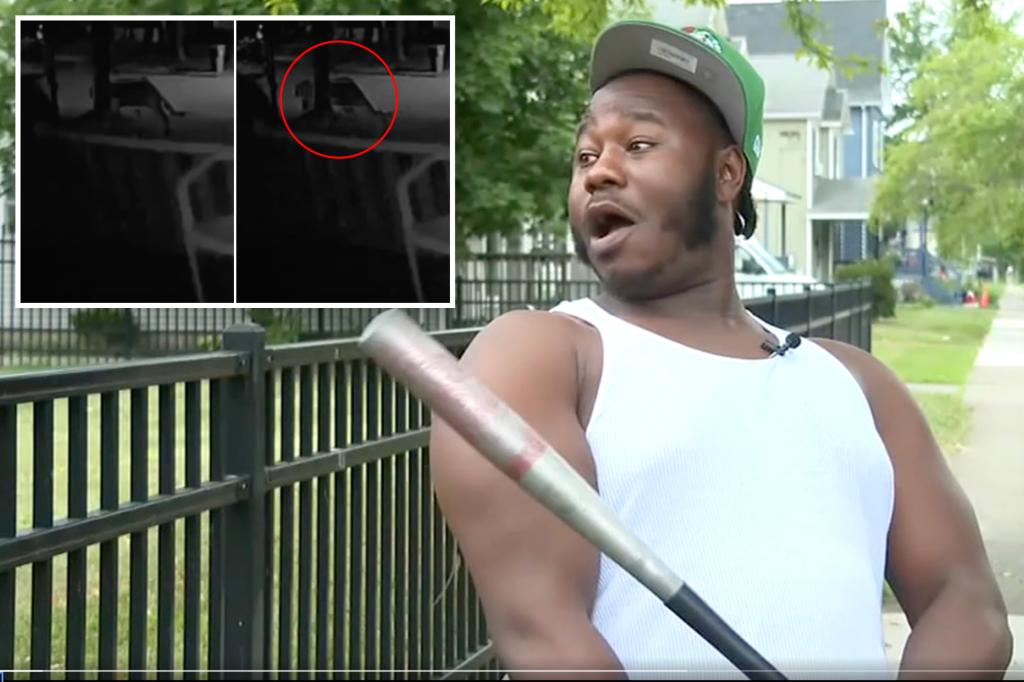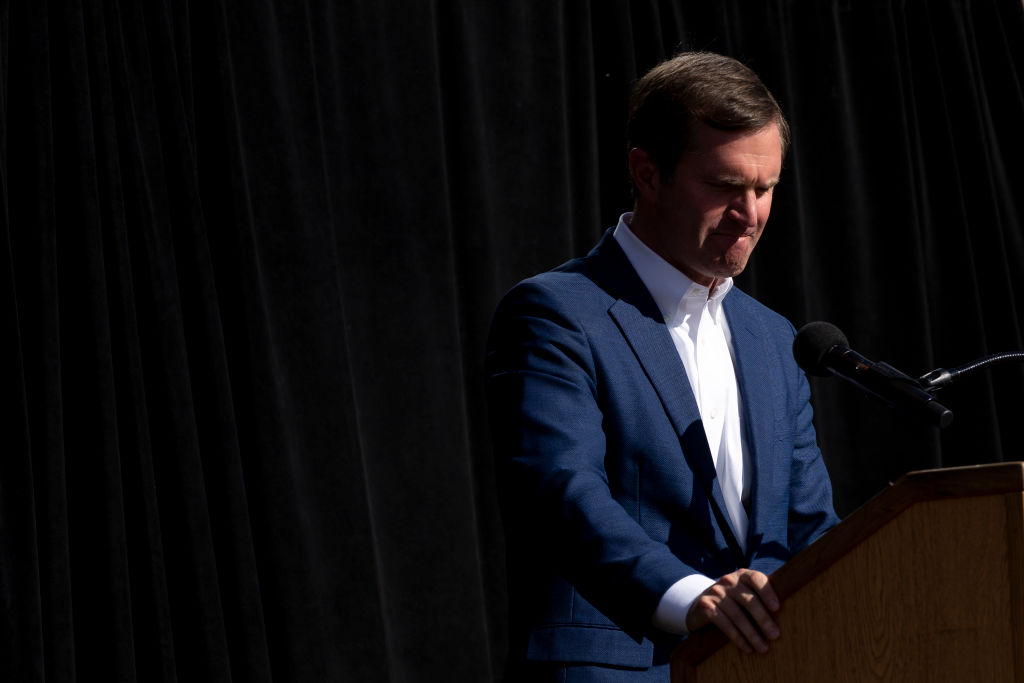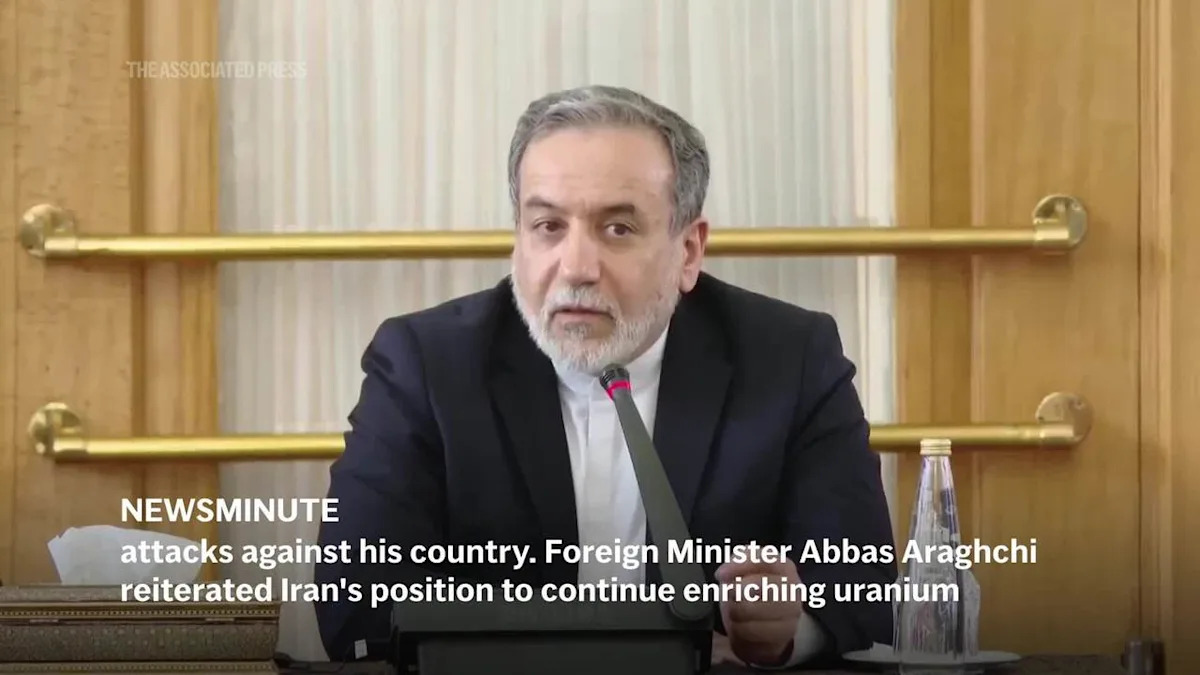Rising Tensions: Drone Sightings Trigger Outcry Across the Nation
In recent months, reports of drone sightings have surged across the United States, sparking significant concern among local officials, law enforcement agencies, and the general public. While drones have been celebrated for their advancements in technology and their potential for beneficial uses—from agriculture to surveillance—this new wave of unauthorized drone activity is raising critical questions about public safety, privacy, and the ability of federal authorities to regulate their use. With drone sightings now spreading beyond New Jersey, where the issue first gained national attention, many are calling for swift and decisive action to address what they perceive as a growing threat to American airspace.
The first notable uptick in drone sightings occurred in New Jersey, where local authorities reported an alarming number of unidentified drones flying over restricted areas, such as power plants, transportation hubs, and sensitive government sites. However, in recent weeks, these sightings have spread across multiple states, igniting widespread fear and frustration among local officials. Drones are capable of traveling long distances with high precision, and their ability to fly undetected in urban areas makes them a difficult security threat to address.
Officials are particularly concerned about the proliferation of what are suspected to be unauthorized drones in critical infrastructure zones. While many drones are likely operated by hobbyists or commercial operators adhering to regulations, the presence of drones in areas of national security concern has raised alarms about the potential for espionage, terrorism, or other malicious activities.
The Federal Government’s Response: Too Little, Too Late?
One of the central points of contention among state and local governments is the perceived lack of response from the federal government. While agencies such as the Federal Aviation Administration (FAA) and the Department of Homeland Security (DHS) are tasked with overseeing drone regulations and ensuring airspace safety, many officials feel that the federal government has been slow to respond to the growing concerns surrounding drone activity. This frustration is compounded by the fact that the technology behind drones is rapidly evolving, and current regulatory frameworks seem ill-equipped to deal with the new realities of drone usage.
One of the primary challenges facing the government is the sheer scale of the problem. There are currently no laws that specifically regulate all forms of drone activity in all contexts, leaving significant gaps in enforcement and oversight. According to the FAA, drones weighing over 0.55 pounds must be registered and flown by licensed operators, but this does not account for smaller, unregistered drones that may be causing concern in public spaces. Additionally, many of the drones that are being sighted are reportedly flying at night, further complicating efforts to track and identify the operators.
Why Drones Are So Hard to Regulate
The rapid growth of the drone industry has outpaced regulatory efforts, leaving lawmakers scrambling to keep up. While the FAA established rules for commercial drone use, these guidelines do not fully address issues such as drone flights over private property, the use of drones for surveillance, and the potential for drone-related crimes. Moreover, drones are becoming more affordable, with advanced models becoming readily available to the public, including those that may be capable of flying unnoticed at high altitudes or for long periods.
The issue is further complicated by privacy concerns. Drones equipped with high-resolution cameras and sensors have the potential to invade the privacy of individuals, capturing images or data without consent. In some cases, drones have been used to surveil private homes, raising concerns about the erosion of civil liberties. As the technology becomes more sophisticated, the possibility of drones being used for malicious purposes, such as spying on government buildings or critical infrastructure, is also a growing worry.
What’s at Stake? The Broader Implications of Unchecked Drone Usage
While the immediate concerns focus on safety and security, there are broader implications to the unchecked rise in drone activity. These include public safety risks, economic challenges, and issues surrounding law enforcement’s ability to effectively respond to the growing number of drone-related incidents.
Public Safety Concerns
The presence of unauthorized drones flying in busy urban areas or near airports has the potential to disrupt air traffic, especially in regions where commercial flights are in close proximity to heavily populated areas. Drones flying near airports pose particular hazards, as their small size makes them difficult to detect and avoid, increasing the risk of collisions with manned aircraft. In 2023, the FAA reported a significant rise in “close calls” between drones and commercial aircraft, illustrating the gravity of the safety concerns.
There are also reports of drones being used for illegal activities, such as smuggling contraband into prisons or carrying out surveillance on businesses and individuals. The growing use of drones in criminal activities underscores the need for better tracking and enforcement mechanisms.
Economic and Industry Impact
Beyond the immediate security risks, the explosion of unauthorized drone sightings may have a long-term economic impact on industries reliant on airspace, such as commercial aviation, agriculture, and delivery services. The presence of drones could lead to delays in flight schedules, disrupt supply chains, and create new challenges for businesses that depend on the seamless flow of goods and services.
The agricultural sector, for example, has been increasingly adopting drone technology for crop monitoring and precision farming. However, if drone activity is not carefully regulated, it could lead to stricter restrictions on drone usage in certain areas, hindering the sector’s ability to leverage this technology to increase productivity.
Potential Solutions: Can New Legislation Solve the Problem?
To address the growing concerns surrounding drone usage, several solutions have been proposed, from tightening regulations to developing new technologies that can counteract rogue drone activity. Among the most widely discussed solutions are:
- Stronger Federal Regulations: Many experts argue that the federal government must establish more comprehensive laws that regulate all forms of drone use, including those that operate without registration or outside of commercial frameworks.
- Anti-Drone Technology: As drones become more advanced, so too do the technologies designed to detect, disable, or capture rogue drones. Several companies are already working on systems that could be deployed near critical infrastructure to neutralize unauthorized drone activity.
- Local Enforcement Measures: Some local governments are exploring the option of creating more robust local regulations, such as increased fines for illegal drone operation or even jail time for repeat offenders.
- Public Awareness Campaigns: Educating the public on the rules surrounding drone usage could help reduce the number of incidents caused by uninformed or careless operators.
The Path Forward: A Call for Unified Action
As drone sightings continue to rise, there is an urgent need for coordinated efforts between federal, state, and local authorities to address the issues surrounding unauthorized drone use. Without a unified approach, the risk of accidents, security breaches, and violations of privacy will only continue to grow. As drone technology evolves, so too must the regulations and technologies designed to mitigate its potential risks.
The recent outcry from local officials across the country is a clear sign that the status quo is no longer tenable. Now is the time for lawmakers, regulators, and industry stakeholders to come together to develop solutions that balance innovation with public safety. Only through collaboration and swift action can the growing threat of unauthorized drone use be mitigated and public confidence restored in the safety of American airspace.
For more on drone regulation, visit the FAA’s official site.
To learn about the latest advancements in anti-drone technology, check out this article from Smithsonian.
See more NY Times Report



